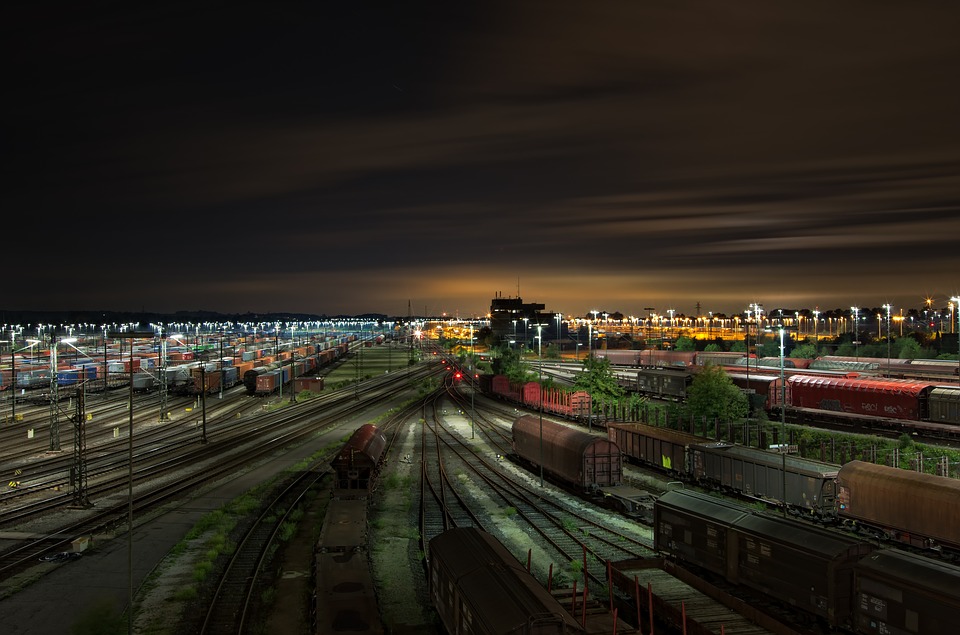
A pandemic is an extremely difficult time for the public transportation industry. Due to the high risk of infection and the fear associated with it, passengers are shifting to cars. This is a serious problem for carriers, who lose their source of livelihood. How is the Polish rail transport sector coping in the era of COVID-19?
This year’s lockdown was a huge financial shock for the entire rail sector. Although the situation started to improve month by month, we are still far from stability and relative “normality”
According to the International Public Transport Association, public transport, with a proper sanitation regime, is one of the safest public spaces in times of pandemonium. Despite this, an opinion has formed among the public about the extremely harmful effect of public transport on the increase of infections and worsening of the epidemiological situation in the country. This is a problem that we should solve with joint efforts. Well, but what did it look like from the beginning?
Based on passenger transport statistics, nearly 37% fewer passengers were transported in March 2020 than in the corresponding period in 2019. The data clearly indicate a social abandonment of public transport services, resulting in the abandonment of some rail services. In the case of a 37% decline, we should talk about a sharp bump. A ⅓ drop in turnover is a serious threat to any business
However, this is an average result for the whole country. In some corners of Poland, the number of passengers carried during the pandemic decreased by 95% compared to the corresponding period of previous years. Considering the above statistics, it is safe to say that the railroads are facing lean months and strenuous efforts to restore passenger numbers to pre-lockdown levels
What’s more, the lack of a stable increase in the number of rail passengers will significantly hurt the profitability of Polish railroads – especially in the case of carriers launching commercial connections
The rail sector has bounced back and started the recovery process, but the second wave of the coronavirus has once again thwarted the railroaders
Undoubtedly, the most desirable group of passengers in terms of business are the people who exclusively use public transport services as their main mode of transportation
The second wave of COVID-19 resulted in primary, secondary and tertiary school students having to switch to remote education mode. The same, though on a much smaller scale, happened to employees who in many cases switched to remote working. As a result, the rail sector once again ran into huge trouble. The financially advantageous period of the return of pupils and students to full-time classes ended after only two months. Railroads were once again counting losses
The unstable business situation of the railroad sector is also the result of the ruling party’s failure to offer and prepare a viable plan of action and freeing up the economy, which would in the least give the companies a substitute for stability and the ability to enforce plans to rebuild the railroad industry. The mutually exclusive statements of leading politicians make it really unclear if and in what condition the rail industry will survive
Perhaps as a result of cultural and economic changes, the Polish railroad will record surprising profits in the coming years. However, this is a distant question and the railwaymen have to focus on the “here and now”. After all, no one has yet managed to feed on promises and hope for a better tomorrow
(Photo: pixabay.com)